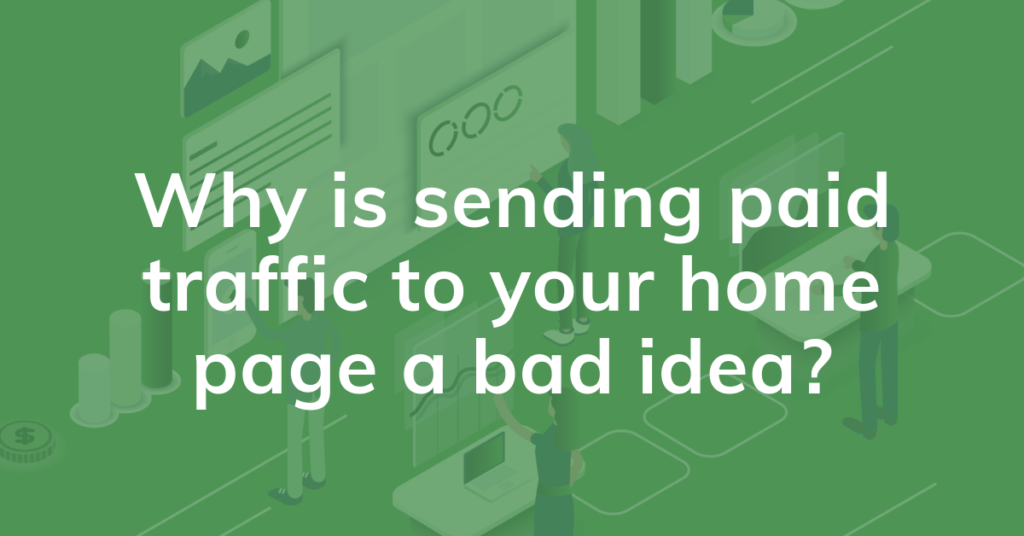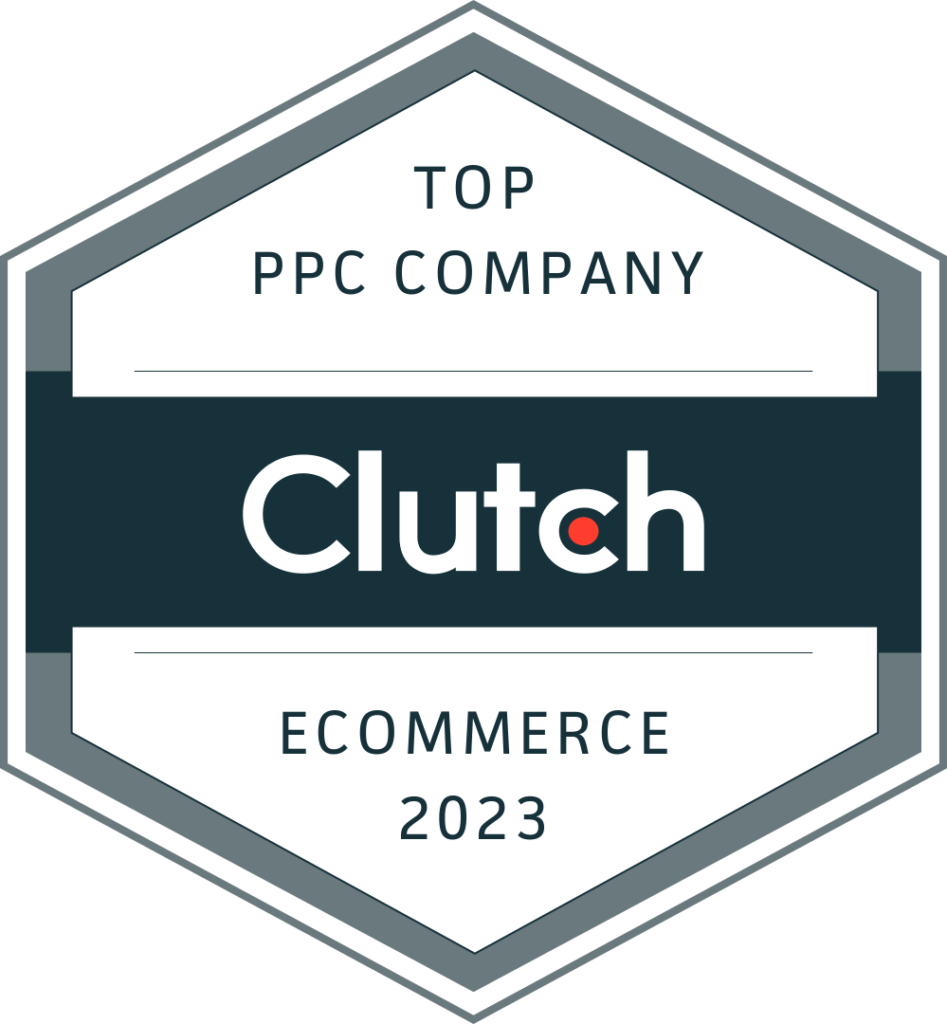The landing page. It’s an essential component of any PPC (pay-per-click) strategy. Many digital marketers consistently use a site’s homepage as their landing page, a sort of “catch-all” technique.
We contend that using one page as a landing page in response to all queries is a poorly conceived approach, and quite honestly, lazy. In contrast, using differentiated landing pages based on search intent elevates your customers’ experience and increases your potential for conversion. It’s all about providing searchers what they’re looking for in the way they’re looking for it.
Let’s look at an example. Say the brand search included the term “trial.” Bringing the user to your homepage is creating unnecessary friction for them.
They’ll be flooded with unnecessary information–who you are, what you’re about, and distracted by links to extraneous pages. Worse, you risk that they won’t be able to find a way to your trial page. It’d be best to use your trial form-fill page as the landing page for this particular searcher, with information about what’s included in the trial.
Reducing time to value
A searcher’s “time-to-value” is the amount of time it takes them from clicking on your ad to finding what they are looking for. Shortening the time to value for searchers should be a priority in your PPC strategy. Here’s a map of some search terms and landing pages you can provide to shorten time to value:
- Product-based searches leading to the specific product page.
- Category-based searches leading to a specific category page
- Intent to buy searches such as “sign-up,” “purchase,” or “buy” lead to forms or pages where products can be bought.
- Comparison-related searches lead to comparison pages that are topically relevant.
You have control as an advertiser to use specialized landing pages to improve searchers’ experience.
A/B test landing pages
If your homepage is your only landing page, then you have no way of A/B testing its effectiveness. By using multiple variations of a landing page, you can determine its effectiveness and increase conversion rate through optimization. You may want to run landing page tests such as:
- Testing variations of a single page, judging the winner based on performance.
- Test two different landing page types (for example a category page vs a specific product, or two different product pages) to judge effectiveness.
Focus on ad and landing page relevancy
Landing page quality and relevance is also a key contributor to Quality Score which Google uses to determine ad rank. What makes a landing page relevant? It boils down to whether the text on a landing page matches a user’s search terms. The more specific the landing page, the more closely it will match. The query “blue onesies on sale” will match the terms on your “Sale on onesies” page more closely than it will match your sleepwear homepage.
Relevancy will drive up your Quality Score, which in turn will drive down your CPC (Cost Per Click) and increase your ROI.
Don’t use dated tactics
The practice of using a homepage as a landing page is clearly disadvantageous. Using relevant, targeted landing pages is key.
Not only will using multiple landing pages better match queries, but it will also reduce customer time-to-value, increase advertiser control, and improve ad Quality Score. In our eyes, this makes the choice of individualized landing pages a no brainer.
Are multiple landing pages more work? Yes.
Are they worth it in terms of concrete results? Also yes.

















